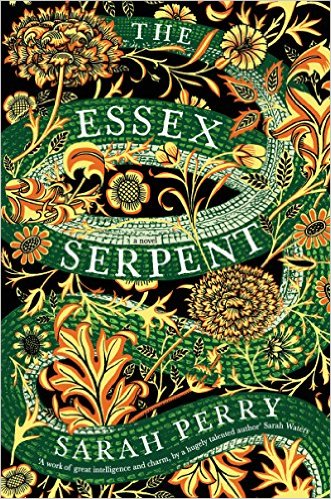 The Essex Serpent by Sarah Perry
The Essex Serpent by Sarah Perry Formats available: hardcover, ebook, large print, audiobook
Pages: 432
Published by Custom House on June 6th 2017
Purchasing Info: Author's Website, Publisher's Website, Amazon, Barnes & Noble, Kobo, Bookshop.org
Goodreads
Set in Victorian London and an Essex village in the 1890's, and enlivened by the debates on scientific and medical discovery which defined the era, The Essex Serpent has at its heart the story of two extraordinary people who fall for each other, but not in the usual way.
They are Cora Seaborne and Will Ransome. Cora is a well-to-do London widow who moves to the Essex parish of Aldwinter, and Will is the local vicar. They meet as their village is engulfed by rumours that the mythical Essex Serpent, once said to roam the marshes claiming human lives, has returned. Cora, a keen amateur naturalist is enthralled, convinced the beast may be a real undiscovered species. But Will sees his parishioners' agitation as a moral panic, a deviation from true faith. Although they can agree on absolutely nothing, as the seasons turn around them in this quiet corner of England, they find themselves inexorably drawn together and torn apart.
Told with exquisite grace and intelligence, this novel is most of all a celebration of love, and the many different guises it can take.
My Review:
While it is a pity that those of us in the United States had to wait over a year for this book to make it across the pond, The Essex Serpent is well worth the wait. This is a book to sup slowly and savor long.
The Essex Serpent, in spite of its provocative title, does not contain an actual serpent. But the metaphorical and philosophical serpent we meet within its pages turns out to hold more wonder and terror than any real drake might have done.
This is also a meditation on the various types of love, and on finding one’s soulmate in the most surprising of places.
The beginning of this story takes place far from Essex, its serpent, or anywhere the twain might meet. (Although there is a serpent) It begins with the release of Cora Seaborne’s heavy chains, and the story for the most part follows her as she explores what it means to be a relatively free woman in the last decade of the 19th century.
Cora is wealthy, and her friends and acquaintances have always believed that she had it all, at least by 19th century definitions of all. But her life hid a deep, dark, secret. Her husband was an abuser, not just physically, but also emotionally. His joy was in breaking Cora and cutting her into tiny emotional pieces, while making certain that the physical bruises didn’t show. His death is her release, even though she finds herself questioning how she will manage without him, and her fear of him, ruling her every move. She also feels a huge and guilty joy at the same time.
The answer turns out to be relatively easy, and terribly difficult. Cora is still in her early 30s, healthy and now independently wealthy. As long as she is willing not to care what society thinks, and she most definitely is, she can do what she wants.
And that brings Cora, her very strange son and her housekeeper/companion to Essex to investigate the re-appearance of the legendary Essex Serpent. Cora is an amateur (or dilettante) paleontologist. She hopes to find in the Essex serpent a long-lost dinosaur. She wouldn’t be the first.
Instead she finds the Reverend William Ransome, his wife Stella, and their intelligent and well-adjusted children. In the Reverend she finds a soulmate. Not in the romantic sense, but in the sense of the type of love the Greeks called Philia, that of deepest friendship. They each have the kind of mind that needs another to take spark from, and in each they find the person with whom they can share anything and argue anything while still remaining the absolute best of friends.
Their biggest, deepest and most cutting arguments revolve around the eternal questions of faith versus science. Ransome is a man of faith, but is also well-educated. Cora has lost her faith, or has put her faith in science. Perhaps both.
And the reappearance of the Essex Serpent tests everything. While Cora hunts for a scientific explanation and Ransome looks for a rational one, he sees the extremes of behavior manifesting in his village as emblematic of a loss of faith. For those who truly believe in G-d, there is no need to assign evil to spirits rising from the ocean.
In his parishioners’ behavior, Ransome sees the kind of hysteria that created the Witch Trials. But as his world crumbles around him, he finds that his own faith is wavering. Friendship and love may not be enough to sustain him through the trials ahead.
Escape Rating A-: This is a story that asks the reader to immerse themselves in its world and live alongside of its characters. The serpent of the title is not a monster to be slain, unless one considers it as the monster that lives in every human heart.
Instead, we travel along with Cora as she tries to discover who she is now that she is no longer a puppet with her strings cruelly pulled, and we meet the people who fall into her peripatetic orbit. Without realizing it, Cora collects people. And the people she collects are fascinating.
Ransome and Cora collect each other, and in ways that neither of them expects. They defy each other’s expectations at first and second meeting – each expecting the other to be typical of their position and class, instead discovering a like mind over their rescue of a half-drowned sheep. They experience that emotion that is like falling in love, but isn’t, as they discover that they match each other’s minds. And it is a beautiful and intense friendship that doesn’t threaten Ransome’s marriage to his beloved Stella.
There’s a lot about collecting in this story. Cora collects people, quite possibly as a way to keep loneliness and introspection at bay. But her son Frankie also collects little treasures, in a way that makes the 21st century reader think of him as autistic. And as her world falls apart, Stella begins collecting things to prepare her for her own sad journey.
And the little village collects reasons and signs and portents, and attaches all of them to something evil out in the water. And even though there is nothing really there, the actions that are caused by their belief are very, very real.
Like the water, the reader sinks into this world, and does not emerge easily. And I’m not doing this book near enough justice. Read it for yourself and see.


 The Lady Travelers Guide to Scoundrels & Other Gentlemen (The Lady Travelers Guide, #1) by
The Lady Travelers Guide to Scoundrels & Other Gentlemen (The Lady Travelers Guide, #1) by 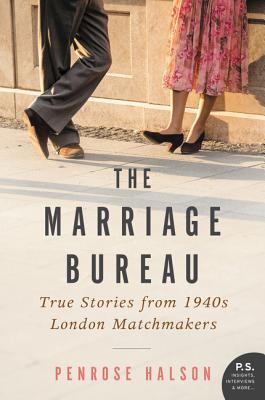 The Marriage Bureau: The True Story of How Two Matchmakers Arranged Love in Wartime London by
The Marriage Bureau: The True Story of How Two Matchmakers Arranged Love in Wartime London by 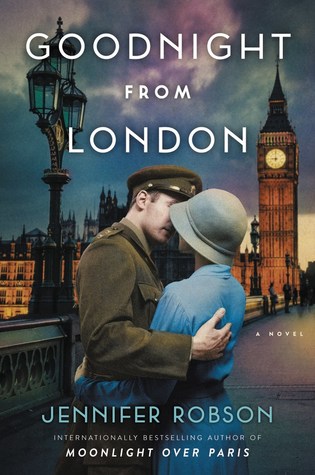 Goodnight from London by
Goodnight from London by  Unlike her previous novels,
Unlike her previous novels, 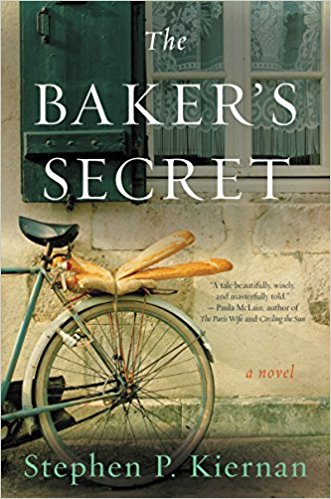 The Baker's Secret by
The Baker's Secret by 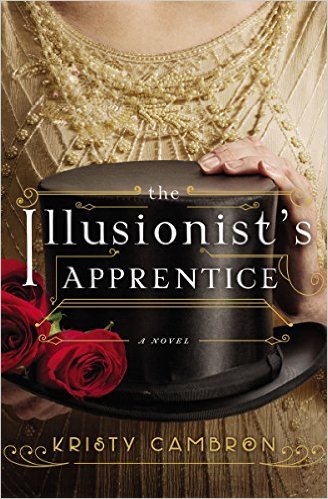 The Illusionist's Apprentice by
The Illusionist's Apprentice by 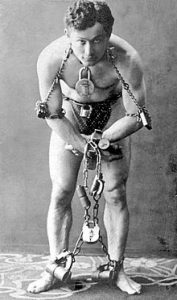
 Secrets of the Tulip Sisters: A Captivating Story about Sisters, Secrets and Second Chances by
Secrets of the Tulip Sisters: A Captivating Story about Sisters, Secrets and Second Chances by 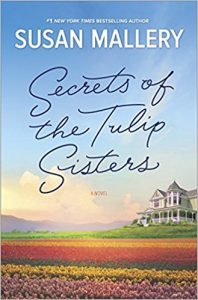 Leo Meierotto, the forty-something site supervisor, stuck his head in Griffith’s office. “Boss, you’ve got company.” Leo’s normally serious expression changed to one of amusement. “Kelly Murphy is here.”
Leo Meierotto, the forty-something site supervisor, stuck his head in Griffith’s office. “Boss, you’ve got company.” Leo’s normally serious expression changed to one of amusement. “Kelly Murphy is here.”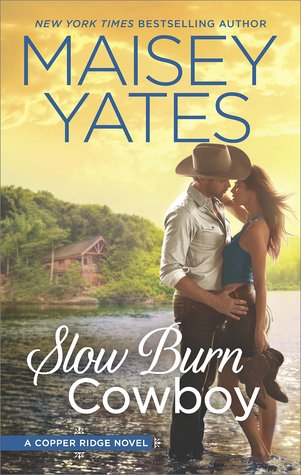 Slow Burn Cowboy (Copper Ridge, #7) by
Slow Burn Cowboy (Copper Ridge, #7) by 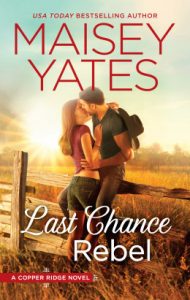 I loved
I loved 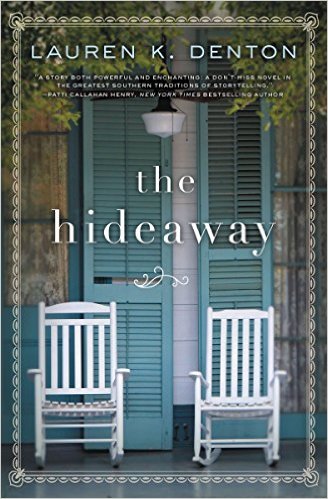 The Hideaway by
The Hideaway by 
 No Getting Over a Cowboy (Wrangler's Creek, #2) by
No Getting Over a Cowboy (Wrangler's Creek, #2) by  The Granger Ranch doesn’t just keep cattle. They seem to have plenty of pasturage for an entire herd of drama llamas. Maybe two herds.
The Granger Ranch doesn’t just keep cattle. They seem to have plenty of pasturage for an entire herd of drama llamas. Maybe two herds. I digress.
I digress.